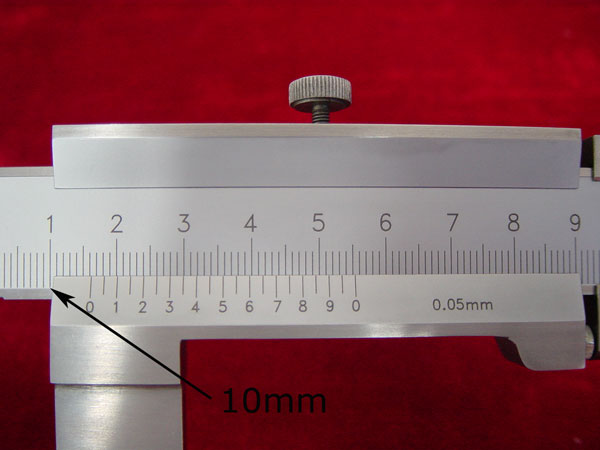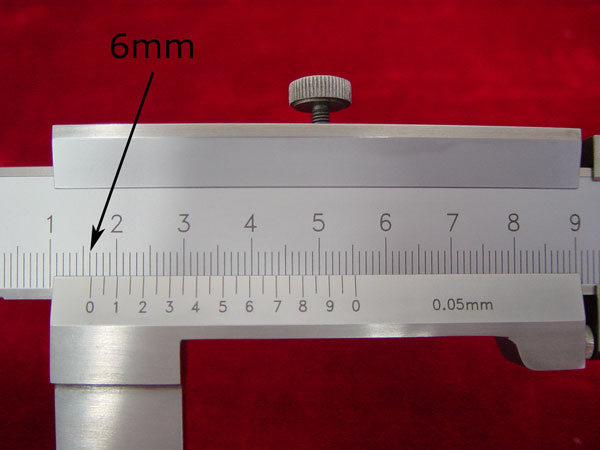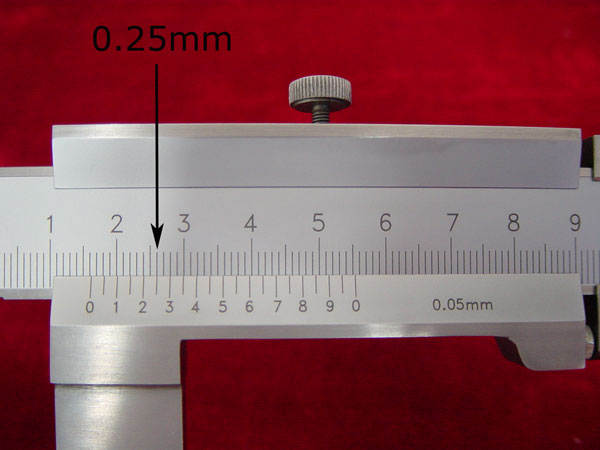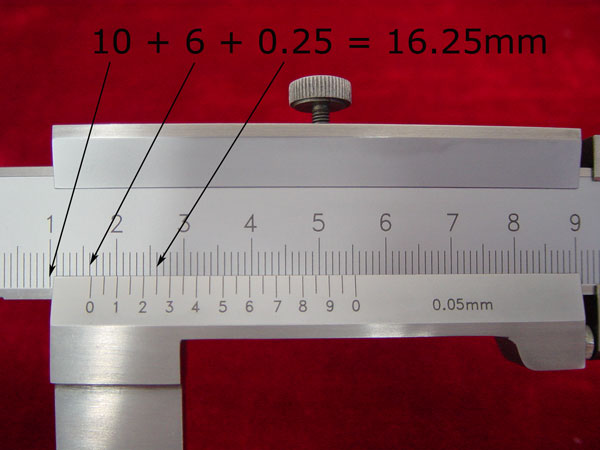So basically thits lab lesson was about measuring the height of the seat using vernier calipers. Learning how to use the vernier calipers wasnt easy at first as its not how your read a ruler + theres zero error so you have to +/-for the micrometer screw gauge.
Vernier Calipers

1), Read the centimeter mark on the fixed scale to the left of the 0-mark on the vernier scale. (10mm on the fixed caliper)

2). Find the millimeter mark on the fixed scale that is just to the left of the 0-mark on the vernier scale. (6mm on the fixed caliper)

3). Look along the ten marks on the vernier scale and the millimeter marks on the adjacent fixed scale, until you find the two that most nearly line up. (0.25mm on the vernier scale)

4). To get the correct reading, simply add this found digit to your previous reading. (10mm + 6mm + 0.25mm= 16.25 mm)

4.Maintenance
Clean the surface of the vernier caliper with dry and clean cloth (or soaked with cleaning oil) and stock in a dry environment if it stands idle for a long time
Micrometer Screw Gauge



2). Find the millimeter mark on the fixed scale that is just to the left of the 0-mark on the vernier scale. (6mm on the fixed caliper)

3). Look along the ten marks on the vernier scale and the millimeter marks on the adjacent fixed scale, until you find the two that most nearly line up. (0.25mm on the vernier scale)

4). To get the correct reading, simply add this found digit to your previous reading. (10mm + 6mm + 0.25mm= 16.25 mm)

4.Maintenance
Clean the surface of the vernier caliper with dry and clean cloth (or soaked with cleaning oil) and stock in a dry environment if it stands idle for a long time
Micrometer Screw Gauge
In order to measure an object, the object is placed between the jaws and the thimble is rotated using the ratchet until the object is secured. Note that the ratchet knob must be used to secure the object firmly between the jaws, otherwise the instrument could be damaged or give an inconsistent reading. The manufacturer recommends 3 clicks of the ratchet before taking the reading. The lock may be used to ensure that the thimble does not rotate while you take the reading.
The first significant figure is taken from the last graduation showing on the sleeve directly to the left of the revolving thimble. Note that an additional half scale division (0.5 mm) must be included if the mark below the main scale is visible between the thimble and the main scale division on the sleeve. The remaining two significant figures (hundredths of a millimetre) are taken directly from the thimble opposite the main scale.

The reading is 7.38 mm.
The last graduation visible to the left of the thimble is 7 mm and the thimble lines up with the main scale at 38 hundredths of a millimetre (0.38 mm); therefore the reading is 7.38 mm.
Reflection:
This lesson taught me how to use the vernier callipers and micrometer screw gauge. Do not be deceived by their looks! Dont talk about calculating the measurements. They were much harder to use than I expected them to be even without zero error. Zero error only made things much worse. I wasnt really sure whether to +/- when i saw the zero error and just randomly guessed but after Mr Low explained, i knew how.
This lesson also teached me about the importance of precision as even if its 1mm off, you still get the answer wrong.
Reflection:
This lesson taught me how to use the vernier callipers and micrometer screw gauge. Do not be deceived by their looks! Dont talk about calculating the measurements. They were much harder to use than I expected them to be even without zero error. Zero error only made things much worse. I wasnt really sure whether to +/- when i saw the zero error and just randomly guessed but after Mr Low explained, i knew how.
This lesson also teached me about the importance of precision as even if its 1mm off, you still get the answer wrong.
No comments:
Post a Comment